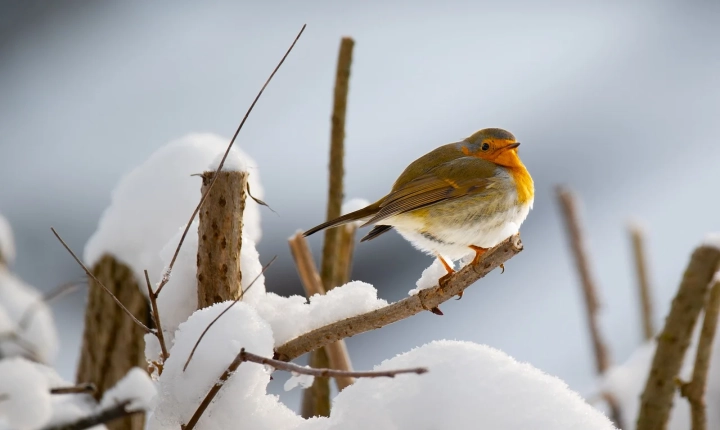Artificial intelligence (AI) has revolutionized the way we create and appreciate art. From generating original paintings to composing music, AI is becoming increasingly proficient in expressing creativity. But how exactly does AI generate artwork?
One of the primary methods through which AI generates art is through the use of Generative Adversarial Networks (GANs). GANs consist of two neural networks: a generator and a discriminator. The generator creates new artwork, while the discriminator evaluates the creations to distinguish between real and generated art. Through a process of constant feedback and improvement, the generator becomes more adept at producing artwork that is increasingly difficult to differentiate from human-created pieces.
Another prominent technique used by AI in generating artwork is through deep learning algorithms. These algorithms analyze vast amounts of existing art to learn about style, composition, and color schemes. By recognizing patterns and features in these artworks, AI is able to generate new pieces that are inspired by, or in the likeness of, recognized artistic styles.
In addition to visual art, AI is also capable of creating music and other forms of digital art. For instance, AI-powered algorithms can analyze vast amounts of music from different genres and create original compositions that adhere to specific musical structures and styles. This has not only opened up new possibilities for music production but has also raised questions about the role of AI in the creative process.
Furthermore, AI is also being used to enhance the creative process for human artists. Through tools like neural style transfer, artists can apply the characteristics of one artwork to another, or even apply the style of a famous painter to their own work. This amalgamation of human creativity and AI-powered techniques provides a new channel for artists to explore and expand their artistic expression.
However, the increasing capabilities of AI in art creation have brought about ethical and philosophical questions. The concept of art as a uniquely human expression and the role of individual creativity are being challenged by the advent of AI-generated artwork. Additionally, issues of copyright and attribution become more complex when AI is involved in the artistic process.
Despite these challenges, the emergence of AI in art creation has opened up a new frontier of creativity and innovation. Artists and technologists are exploring the possibilities of AI-generated art as a tool for self-expression, experimentation, and collaboration.
In conclusion, the methods through which AI generates artwork are diverse, ranging from GANs to deep learning algorithms and neural style transfer techniques. These technological advancements have ushered in a new era of art creation, blurring the lines between human and machine creativity. As AI continues to evolve, it is inevitable that its impact on the art world will only become more profound.
